Inwoohouse [Korea Quality] / 인우하우스 [한국관광 품질인증]
3.5Km 2023-04-13
9, Gyedong 6-gil, Jongno-gu, Seoul
02-742-1115
Run by a couple hailing from Bukchon, Inwoo House is located in an alleyway in Gye-dong, Jongno-gu, which is part of Bukchon that is well-known for old hanok houses. Inwoo House, meaning 'the house of Inwoo,' is inhabited by the owner couple and eight-year-old son Inwoo and his younger brother Yeonwoo. The couple, who have always lived in Bukchon, moved to Inwoo House in 2010; their parents run another guesthouse -- Yeonwoo House -- in Gahoe-dong, which isn’t far from Inwoo House. These two hanok guesthouses seek to provide guests with an opportunity to experience the true aspect of traditional Korean house amid the natural environment. Inwoo House, which has the typical style of hanok in the area, features a cozy yard, a toenmaru (narrow wooden porch running along the outside of the building), and several charming decorative items. It has three rooms – Tokki-bang and Haejanggeum-bang situated in Sarangchae (a detached building) and Nori-bang, which is a communal space. Due to its quiet location, guests can enjoy relaxation with a serene atmosphere in their rooms, which are decorated with calligraphic works and furniture inlaid with mother-of-pearl in a simple way. Each room is equipped with a bathroom. The guesthouse offers breakfast such as toast or tteokguk (rice cake soup). Inwoo House is an ideal place to stay for guests with children as the owner couple have children with whom children can play in the alley, yard, or toenmaru with an interesting hanok environment. The guesthouse also provides various traditional activities including traditional Korean clothes experience, traditional Hanji (Korean paper) craft experience, traditional knot bracelet making, and fan decorating, which are popular among foreign tourists and children. It is adjacent to restaurants, coffee shops, convenience store, and other tourist attractions including Gyeongbokgung Palace, Changdeokgung Palace, Insa-dong, and Samcheong-dong.
Musée de la Broderie Hansangsu (한상수 자수박물관)
3.5Km 2024-12-18
29-1, Bukchon-ro 12-gil, Jongno-gu, Seoul-si
+82-2-744-1545
Le musée, qui est situé dans Bukchon Hanok Village Gahoe-dong à Séoul, a sur les reliques d'exposition de broderie et de travaux liés à des Han Sang-soo, qui a été nommé culturel immatériel Asset n ° 80. Le musée a été créé pour promouvoir l'œuvre de broderie de Corée, de préserver les techniques traditionnelles, et encourager de nouvelles créations.
Les visiteurs peuvent voir l'exposition permanente et les expositions spéciales, et de prendre part régulièrement à des mains sur les programmes de broderie pour une somme de 3.000 gagné. Le programme fonctionne 10 heures-17 heures et ne nécessite pas une réserve. Le programme d'une heure débute avec une démonstration par un instructeur, après quoi les participants broder un mouchoir en suivant les instructions. Le mouchoir est à prendre à la maison après le programme est terminé. Des instructions sont données uniquement en coréen, tant d'étrangers sont invités à venir avec un guide local.
Musée Folklorique National de Corée (국립민속박물관)
3.5Km 2019-03-26
37, Samcheong-ro, Jongno-gu, Seoul-si
Le Musée Folklorique National expose le style de vie des anciens Coréens. Il y a 20.000 vestiges avec un total de 4.000 reliques folkloriques. Dans le Hall du Centre, il y a des expositions en rapport avec la culture traditionelle ou folklorique. Le “Hall du style de vie coréenne” montre les styles de vie des Coréens depuis les temps préhistoriques jusqu’à la Période Joseon (1392~1910). Il vous sera possible de comparer les caractéristiques culturelles et les vestiges par période et vous pourrez ainsi voir le développement de la poésie, des instruments agricoles et des copies. Le deuxième Hall d’Exposition qui est le ‘Hall des Coréens au Travail‘ expose les outils de la ferme, de la chasse et de la pêche, tout comme les maisons et les vêtements. Il comprend des travaux d’artisanat, des accessoires, des assiettes, du Kimchi et Jangdokdae. Le 3ème Hall d’Exposition s’appelle le ‘Hall du Cycle de la Vie coréenne‘ et présente la vie de la Corée ancienne depuis la naissance jusqu’à la mort en passant par le mariage. En dehors du musée, il y a encore quelque chose de plus amusant qu’à l’intérieur. Les sculptures en pierre Dolharubang, les moulins à vent, la trépigneuse et les cabanes de l’Ile Jejudo sont exposées en plein air. Le Musée Folklorique National organise un ‘Concert coréen folklorique’ tous les samedis, à l’auditorium. Le premier dimanche de chaque mois, le Musée Folklorique National désigne le Jour de ‘Visite du Musée’ pendant lequel l’entrée est gratuite.
Musée des Enfants (국립민속박물관 어린이박물관)
3.5Km 2019-03-25
Palais Gyeongbokgung, 1-1, Sejong-ro, Jongno-gu, Seoul-si
+82-2-3704-4540, 4524
Le Musée des Enfants est un musée d’expériences pratiques administré par le Musée National Folklorique de Corée. De nombreux graphismes et maquettes permettent aux enfants de toucher et de sentir les objets et d’expérimenter l’histoire folklorique d’une manière interactive. Les expositions sont organisées autour des thèmes des vêtements folkloriques, de la nourriture, de l’habitat, de la vie sociale et des loisirs. Le musée comporte de nombreux espaces interactifs, parmi lesquels une table dressée pour un rituel ancestral, des miniatures magnétiques représentant le premier anniversaire d’un bébé, et un espace où les enfants peuvent bâtir une maison traditionnelle. Ils peuvent auss créer leur propre avatar vêtu d’un hanbok, préparer le kimchi à l’aide de dessins, ou jouer au Gonu, un jeu de plateau traditionnel. Le musée collecte, conserve et entretient également des objets anciens ayant trait à la jeunesse et à sa culture.
Jalppajin Memil - Seochon Branch (잘빠진메밀 서촌)
3.5Km 2021-03-18
41-1, Jahamun-ro, Jongno-gu, Seoul, Korea
+82-70-4142-1214
This is a Korean cuisine located in Jongno-gu, Seoul. A restaurant that uses noodles made with 100% buckwheat directly by the chef. The best menu at this restaurant is dumpling hot pot.
GOGHI (고희)
3.5Km 2021-03-26
17, Jahamun-ro 12-gil, Jongno-gu, Seoul
+82-2-734-4907
A good café to have a meal as it has a brunch menu as well as drinks. This cafe is located in Jongno-gu, Seoul. The representative menu is americano.
Promenade au clair de lune au palais Changdeokgung (창덕궁 달빛기행)
3.5Km 2023-08-02
99, Yulgok-ro, Jongno-gu, Seoul
• Centre d'appels 1330 : +82-2-1330 (coréen, anglais, japonais, chinois) • Pour obtenir plus d'info : +82-2-2270-1233 / 1238
Nous vous invitons à la Promenade au clair de lune au palais
Changdeokgung qui a lieu tous les ans d'avril à octobre.
Ce programme vous permet d'en apprendre plus sur l'histoire ancienne de la Corée ainsi que la
culture traditionnelle du pays.
Ce programme de visite nocturne vous permet également de profiter de concerts traditionnels tout en dégustant des petits encas typiques de Corée.
Construit à l’origine pour servir de villa royale, le palais
Changdeokgung est devenu le centre du gouvernement durant la dynastie Joseon après que le palais principal
Gyeongbokgung ait été brûlé durant l’invation japonaise au XVIème siècle. En plus de son importance politique, le palais est renommé pour son esthétique et son architecture, étant aménagé au sein d’un magnifique paysage naturel. En 1997, l’UNESCO a inscrit le palais Changdeokgung sur la liste du patrimoine culturel.
Dans le cadre du projet Création des Palais Vivants, le circuit au clair de lune du palais Changdeokgung offre une occasion unique de contempler et faire l’expérience de la beauté du palais.
Musée d’art ARKO (아르코미술관)
3.5Km 2023-08-07
3, Dongsung-gil, Jongno-gu, Seoul
+82-2-760-4850
Ce Musée se situe dans le parc des Marronnier. Le lieu est très prisés notamment du jeune public. Le musée a été construit par l’Institut de Promotion de la Culture afin de développer l'activité artistique dans la région. Achevé en 1979, il apporta un nouvel espoir aux artistes pour lesquels les lieux d’expositions manquait. Le centre contribua à l’essor des arts en proposant des espaces d’exposition à des prix très bas mais aussi en organisant des projets d’importance et devint ainsi un acteur incontournable dans l’histoire des arts plastiques en Corée.
Bubu Sikdang (부부식당)
3.6Km 2021-03-26
43, Dongsung-gil, Jongno-gu, Seoul
+82-2-765-6056
You can enjoy fusion dishes in a cozy atmosphere. This Korean dishes restaurant is located in Jongno-gu, Seoul. The representative menu is royal stir-fried rice cake.
Bukchonmaru hanok guesthouse [Korea Quality] / 북촌마루한옥게스트하우스 [한국관광 품질인증]
3.6Km 2020-09-10
152, Changdeokgung-gil, Jongno-gu, Seoul
+82-10-3253-8751
Bukchonmaru Hanok Guesthouse is located between “Bukchon Views 2 and 3” on a hill in Bukchon Village in Seoul. This two-storied hanbok building with a terrace, which is rarely found among other hanok structures in the area, offers a splendid view of Seoul. In particular, the summit of a hill next to the main gate of Choong Ang High School where the guesthouse is situated is known as the filming location for the famous Korean TV series Winter Sonata (2002). When you open the main gate and go up to the first floor, a small yard is seen with a group of jars on one side. After entering the sliding door through the yard, there is daecheong maru (main floored room) that features the doors opening in all directions and a high ceiling with rafters, making the space open and cozy. The hanok building consists of two floors – the ground floor is equipped with special furniture, a jar table and a log chair made by the owner, and on the first floor are guestrooms comprised of one large room and two small rooms. The neat and clean rooms are designed in a simple way and have lovely bedding with the pattern of five cardinal colors. Its staff members can speak English and Chinese to communicate with guests from other countries. Every morning, guests engage in animated conversation while enjoying a Korean home-style breakfast prepared by the owner in a friendly atmosphere. After having breakfast, if guests want, they can try on traditional Korean clothes (hanbok) and take photographs inside and around the guesthouse to create interesting memories. The guesthouse also provides a hanbok rental service (KRW 30,000 for a day) and tourists wearing traditional Korean clothes can enter both Changdeokgung Palace and Gyeongbokgung Palace, which can be reached on foot within 10 to 15 minutes, free of charge. Moreover, guests can enjoy an open view of the area including Gahoe-dong, Gye-dong and even the lights of the Namsan Seoul Tower at night from the roof top.
![Inwoohouse [Korea Quality] / 인우하우스 [한국관광 품질인증]](http://tong.visitkorea.or.kr/cms/resource/64/2633664_image2_1.jpg)
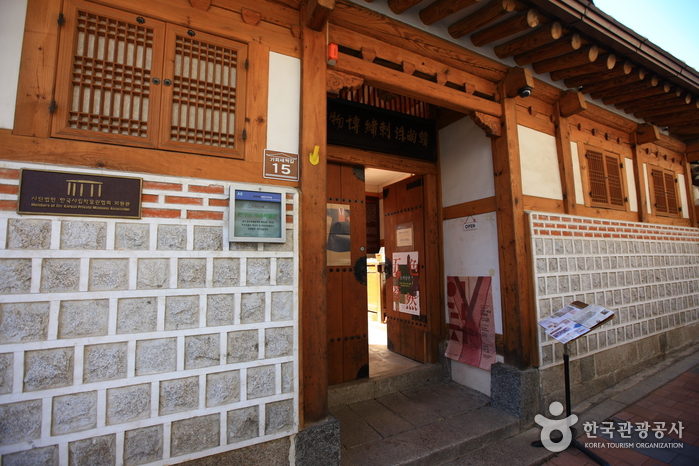
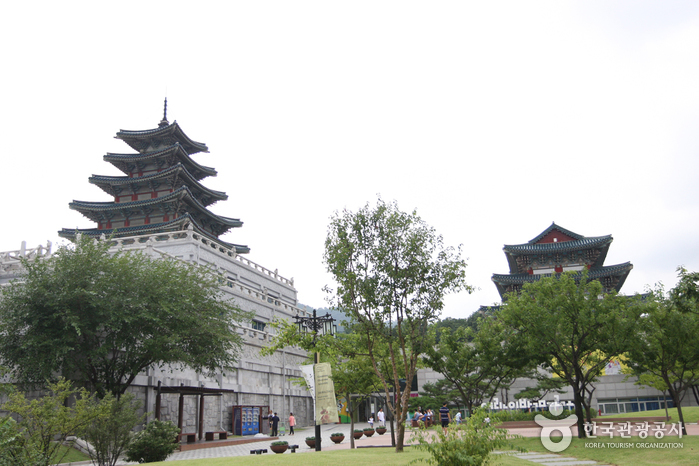
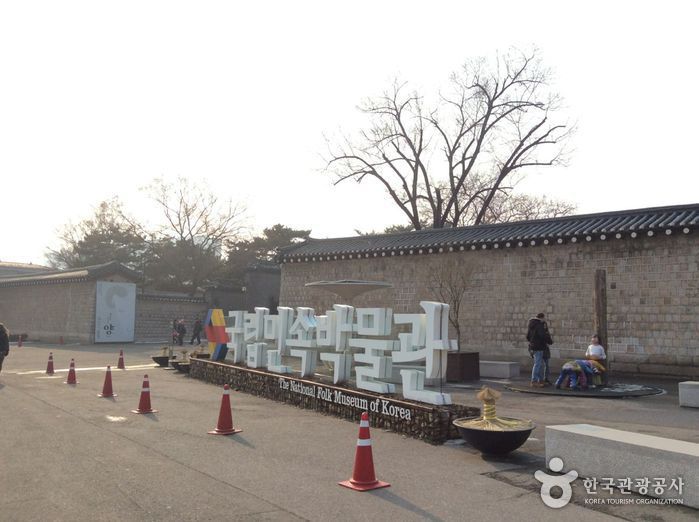
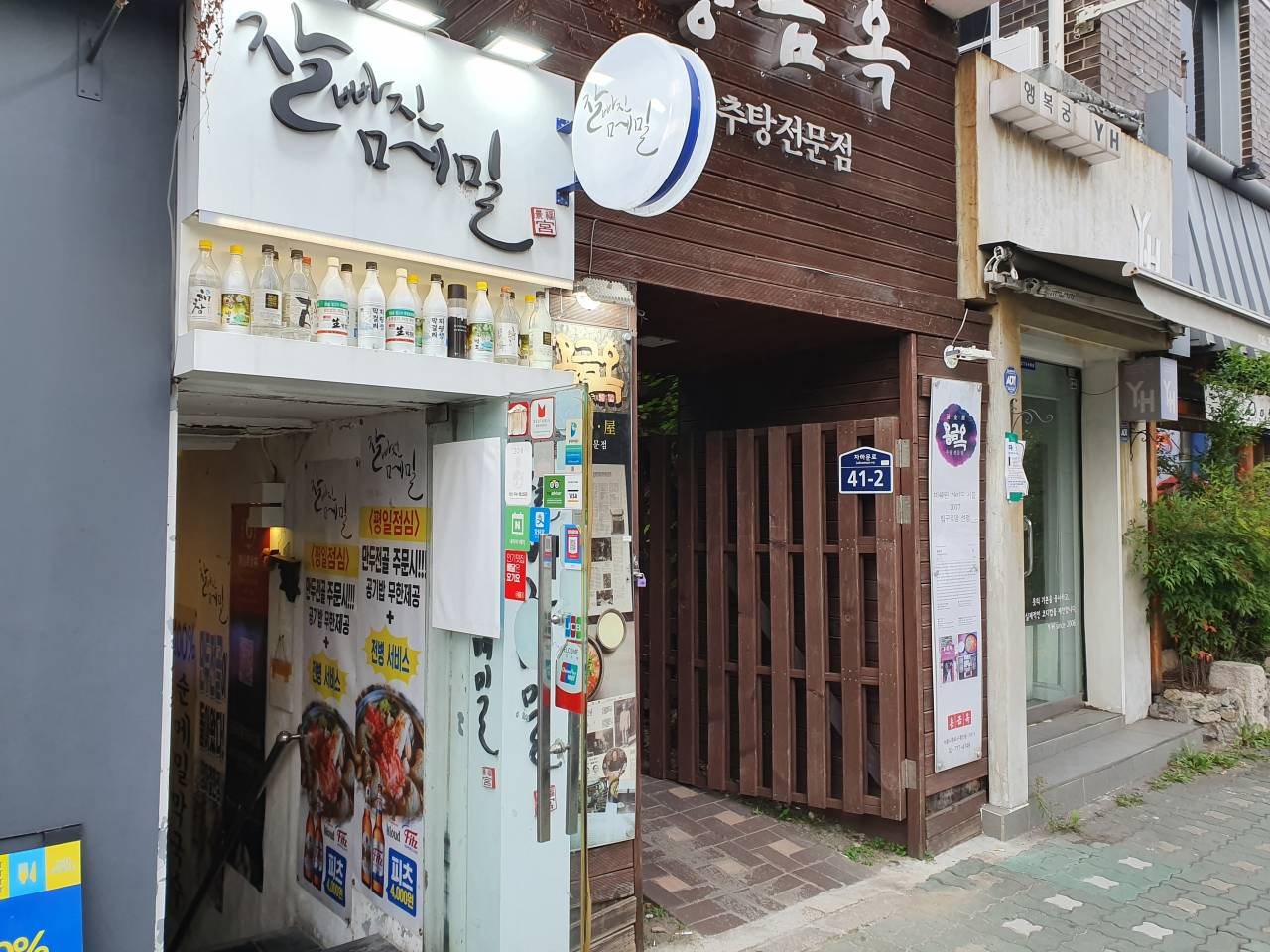
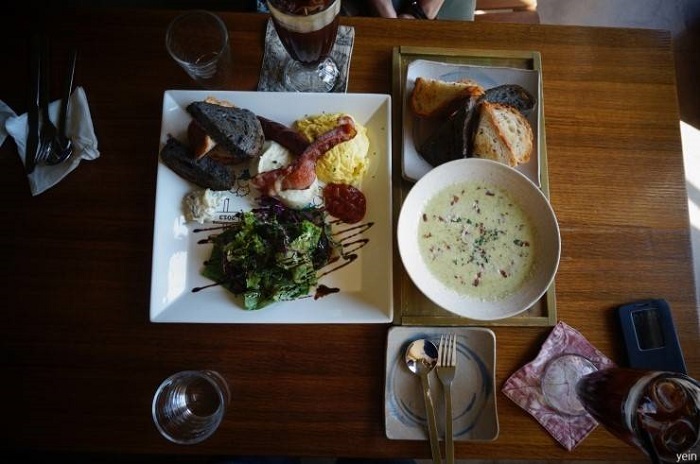
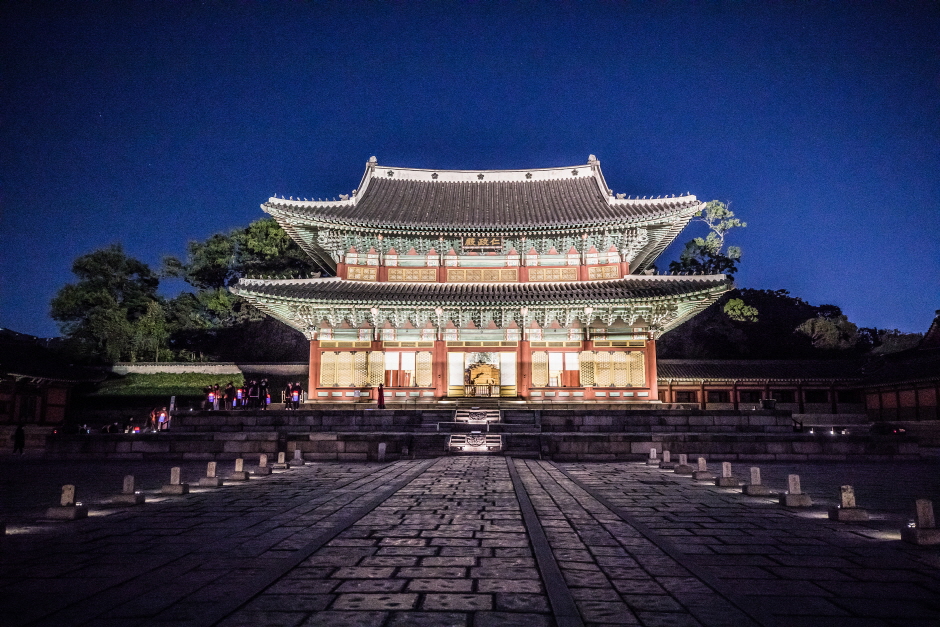
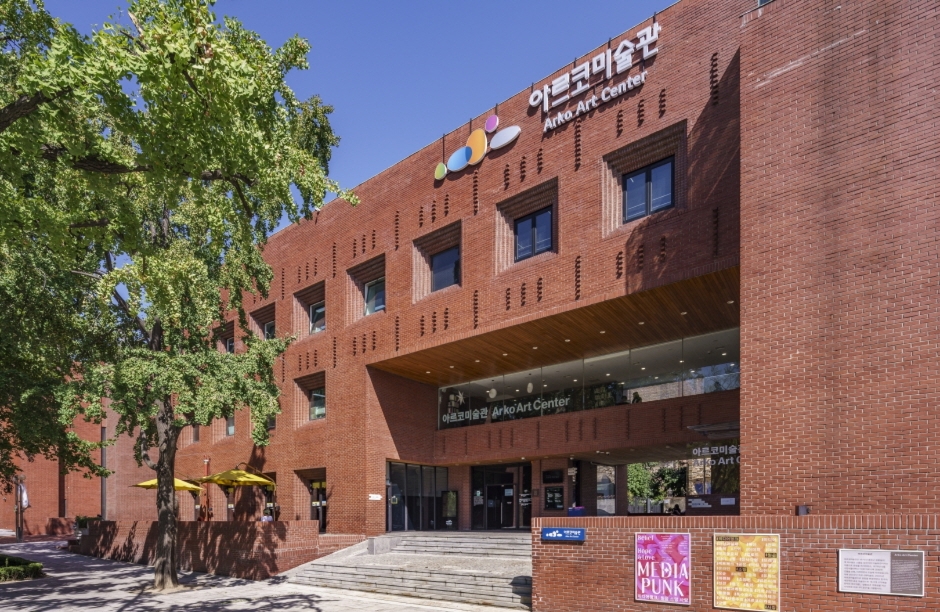
![Bukchonmaru hanok guesthouse [Korea Quality] / 북촌마루한옥게스트하우스 [한국관광 품질인증]](http://tong.visitkorea.or.kr/cms/resource/32/2574032_image2_1.jpg)
 Français
Français
 한국어
한국어 English
English 日本語
日本語 中文(简体)
中文(简体) Deutsch
Deutsch Español
Español Русский
Русский